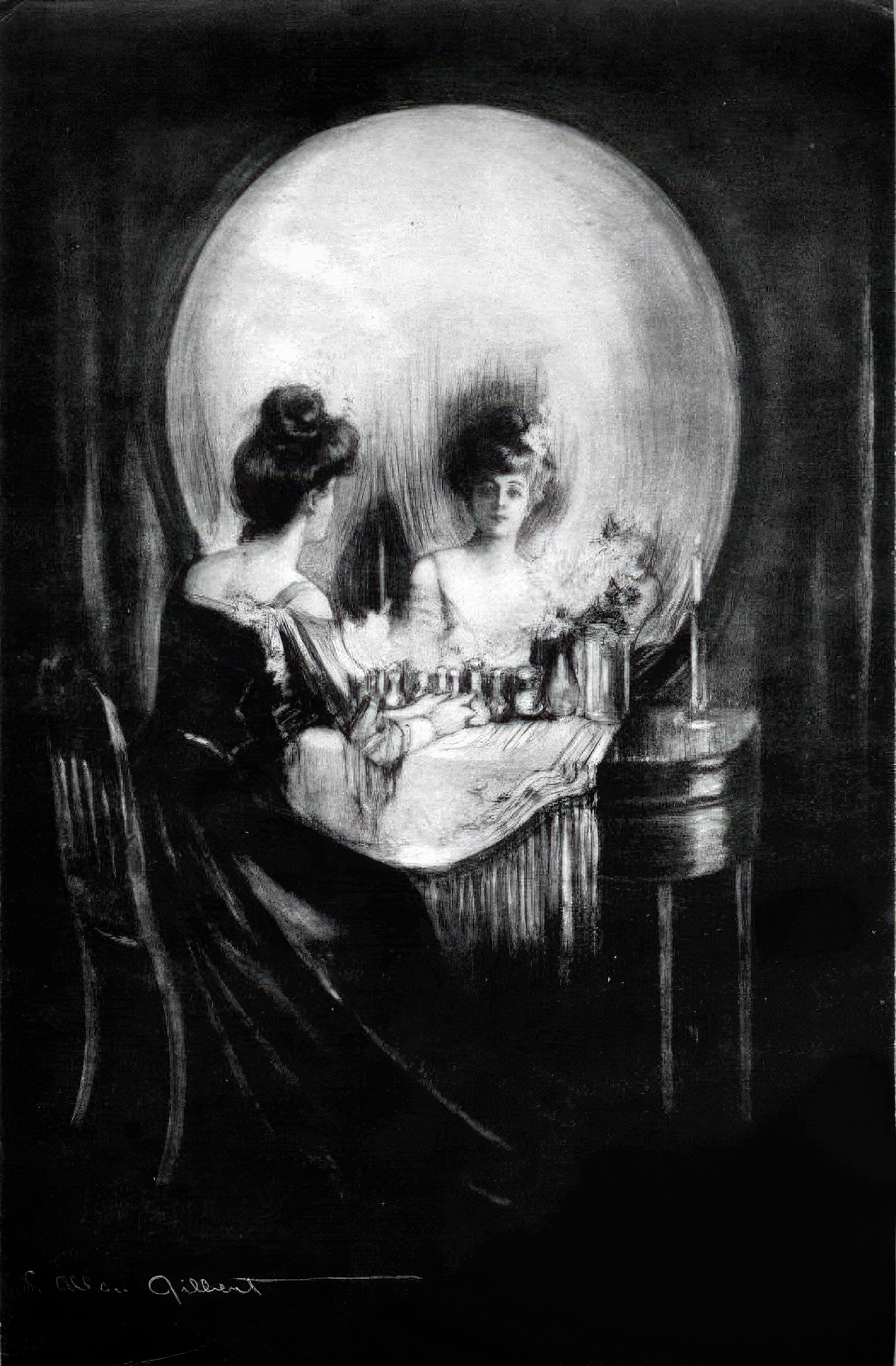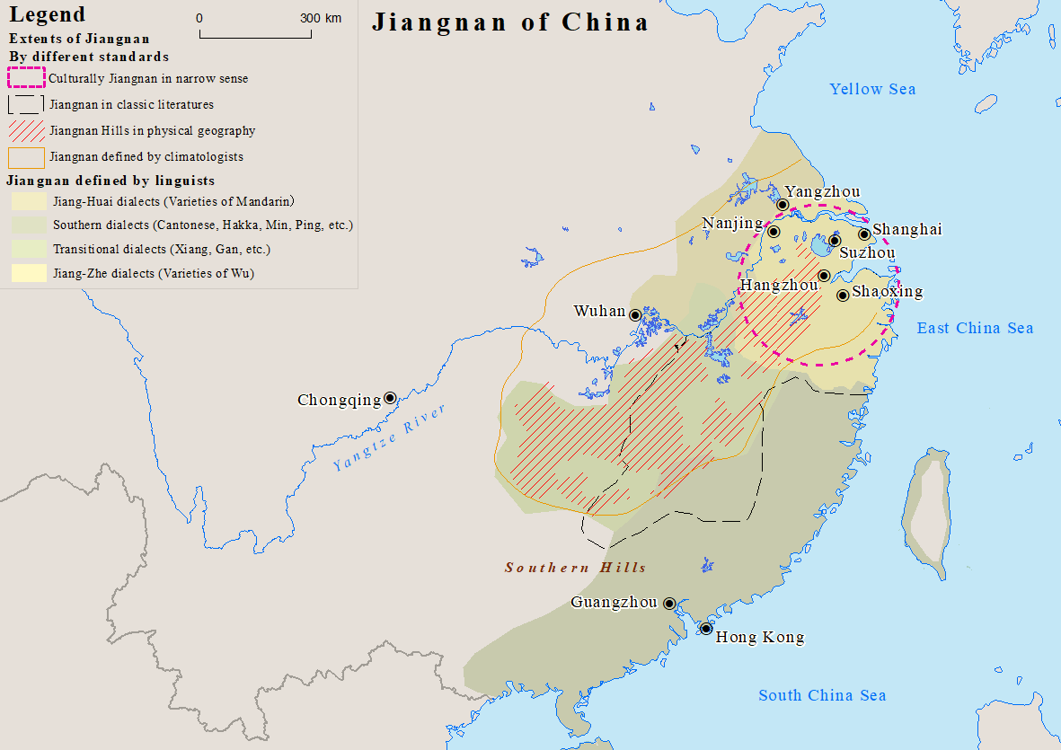|
Hunping
The ''hunping'' (), translated as soul jar or soul vase, is a type of ceramic funerary urn often found in the tombs of the Han dynasty and especially the Six Dynasties periods of early imperial China. It was characteristic of the Jiangnan region in modern southern Jiangsu and Zhejiang provinces. The purpose of a ''hunping'' is somewhat enigmatic, but archaeologists suggest that they may have been used as containers for fruit accompanying the deceased into the afterlife. According to the Metropolitan Museum of Art, the ancients may have hoped that the soul of the deceased would eventually reside in the vessel.Funerary urn (''hunping''), Western Jin dynasty (265–317), ca. 250–300. China. Earthenware with green glaze. (1992.165.2 ... [...More Info...] [...Related Items...] OR: [Wikipedia] [Google] [Baidu] |
Chinese Pottery
Chinese ceramics show a continuous development since pre-dynastic times and are one of the most significant forms of Chinese art and ceramics globally. The first pottery was made during the Palaeolithic era. Chinese ceramics range from construction materials such as bricks and tiles, to hand-built pottery vessels fired in bonfires or kilns, to the sophisticated Chinese porcelain wares made for the imperial court and for export. Porcelain was a Chinese invention and is so identified with China that it is still called "china" in everyday English usage. Most later Chinese ceramics, even of the finest quality, were made on an industrial scale, thus few names of individual potters were recorded. Many of the most important kiln workshops were owned by or reserved for the emperor, and large quantities of Chinese export porcelain were exported as diplomatic gifts or for trade from an early date, initially to East Asia and the Islamic world, and then from around the 16th century to Eur ... [...More Info...] [...Related Items...] OR: [Wikipedia] [Google] [Baidu] |
Bixi (tortoise)
Bixi, or Bi Xi (), is a figure from Chinese mythology. One of the 9 sons of the Dragon King, he is depicted as a dragon with the shell of a turtle. Stone sculptures of Bixi have been used in Chinese culture for centuries as a decorative plinth for commemorative steles and tablets, particularly in the funerary complexes of its later emperors and to commemorate important events, such as an imperial visit or the anniversary of a World War II victory. They are also used at the bases of bridges and archways. Sculptures of Bixi are traditionally rubbed for good luck, which can cause conservation issues. They can be found throughout East Asia in Japan, Korea, Vietnam, Mongolia, and the Russian Far East. History The tradition of tortoise-mounted stelae originated no later than early 3rd century (late Han dynasty). According to the 1957 survey by Chêng Tê-k'un (), the earliest extant tortoise-borne stele is thought to be the one at the tomb of Fan Min (), in Lushan County, Ya' ... [...More Info...] [...Related Items...] OR: [Wikipedia] [Google] [Baidu] |
:Category:Chinese Words And Phrases
This category is for articles on words and phrases of Chinese origin. For articles on words and phrases related to a specific area of China, or to a specific spoken variant, please refer to one of the subcategories. Words A word is a basic element of language that carries an objective or practical meaning, can be used on its own, and is uninterruptible. Despite the fact that language speakers often have an intuitive grasp of what a word is, there is no consen ... Words and phrases by language {{CatAutoTOC ... [...More Info...] [...Related Items...] OR: [Wikipedia] [Google] [Baidu] |
Metropolitan Museum Of Art
The Metropolitan Museum of Art of New York City, colloquially "the Met", is the largest art museum in the Americas. Its permanent collection contains over two million works, divided among 17 curatorial departments. The main building at 1000 Fifth Avenue, along the Museum Mile on the eastern edge of Central Park on Manhattan's Upper East Side, is by area one of the world's largest art museums. The first portion of the approximately building was built in 1880. A much smaller second location, The Cloisters at Fort Tryon Park in Upper Manhattan, contains an extensive collection of art, architecture, and artifacts from medieval Europe. The Metropolitan Museum of Art was founded in 1870 with its mission to bring art and art education to the American people. The museum's permanent collection consists of works of art from classical antiquity and ancient Egypt, paintings, and sculptures from nearly all the European masters, and an extensive collection of American and modern ... [...More Info...] [...Related Items...] OR: [Wikipedia] [Google] [Baidu] |
Jin Dynasty (266–420)
The Jin dynasty (; ) or the Jin Empire, sometimes distinguished as the (司馬晉) or the (兩晉), was an imperial dynasty of China that existed from 266 to 420. It was founded by Sima Yan (Emperor Wu), eldest son of Sima Zhao, who had previously been declared the King of Jin. The Jin dynasty was preceded by the Three Kingdoms period, and was succeeded by the Sixteen Kingdoms in northern China and the Liu Song dynasty in southern China. There are two main divisions in the history of the dynasty. The (266–316) was established as the successor to Cao Wei after Sima Yan usurped the throne from Cao Huan. The capital of the Western Jin was initially in Luoyang, though it later moved to Chang'an (modern Xi'an, Shaanxi province). In 280, after conquering Eastern Wu, the Western Jin reunited China proper for the first time since the end of the Han dynasty, ending the Three Kingdoms era. However, 11 years later, a series of civil wars known as the War of the Eight Princes erup ... [...More Info...] [...Related Items...] OR: [Wikipedia] [Google] [Baidu] |
Death Customs
This article is about death in the different cultures around the world as well as ethical issues relating to death, such as martyrdom, suicide and euthanasia. Death refers to the permanent termination of life-sustaining processes in an organism, i.e. when all biological systems of a human being cease to operate. Death and its spiritual ramifications are debated in every manner all over the world. Most civilizations dispose of their dead with rituals developed through spiritual traditions. Disposal of remains In most cultures, after the last offices have been performed and before the onset of significant decay, relations or friends arrange for ritual disposition of the body, either by destruction, or by preservation, or in a secondary use. In the US, this frequently means either cremation or interment in a tomb. There are various methods of destroying human remains, depending on religious or spiritual beliefs, and upon practical necessity. Cremation is a very old and quite comm ... [...More Info...] [...Related Items...] OR: [Wikipedia] [Google] [Baidu] |
Haniwa
The are terracotta clay figures that were made for ritual use and buried with the dead as funerary objects during the Kofun period (3rd to 6th centuries AD) of the history of Japan. ''Haniwa'' were created according to the ''wazumi'' technique, in which mounds of coiled clay were built up to shape the figure, layer by layer. ''Haniwa'' can also refer to offering cylinders, not the clay sculptures on top of them as well as the "wooden haniwa" found in Kofun tumuli. Terracotta ''Haniwa'' were made with water-based clay and dried into a coarse and absorbent material that stood the test of time. Their name means "circle of clay", referring to how they were arranged in a circle above the tomb. The protruding parts of the figures were made separately and then attached, while a few things were carved into them. They were smoothed out by a wooden paddle. Terraces were arranged to place them with a cylindrical base into the ground, where the earth would hold them in place. During the Ko ... [...More Info...] [...Related Items...] OR: [Wikipedia] [Google] [Baidu] |
Jin Dynasty (265–420)
Jin is a toneless pinyin romanization of various Chinese names and words. These have also been romanized as Kin and Chin (Wade–Giles). "Jin" also occurs in Japanese and Korean. It may refer to: States Jìn 晉 * Jin (Chinese state) (晉國), major state of the Zhou dynasty, existing from the 11th century BC to 376 BC * Jin dynasty (266–420) (晉朝), also known as Liang Jin and Sima Jin * Jin (Later Tang precursor) (晉國; 907–923), Five Dynasties and Ten Kingdoms period * Later Jin (Five Dynasties) (後晉; 936–947), Five Dynasties and Ten Kingdoms period Jīn 金 * Jin dynasty (1115–1234) (金朝), also known as the Jurchen Jin * Later Jin (1616–1636) (後金; 1616–1636), precursor of the Qing dynasty Others * Jin (Korean state) (辰國), precursor of the Jinhan Confederation * Balhae (698–713), originally known as Jin (震) Places * Jin Prefecture (Shanxi) (晉州), a former Chinese prefecture centered on present-day Linfen, Shanxi * Jin Prefecture (Sh ... [...More Info...] [...Related Items...] OR: [Wikipedia] [Google] [Baidu] |
Zhejiang
Zhejiang ( or , ; , also romanized as Chekiang) is an eastern, coastal province of the People's Republic of China. Its capital and largest city is Hangzhou, and other notable cities include Ningbo and Wenzhou. Zhejiang is bordered by Jiangsu and Shanghai to the north, Anhui to the northwest, Jiangxi to the west and Fujian to the south. To the east is the East China Sea, beyond which lies the Ryukyu Islands. The population of Zhejiang stands at 64.6 million, the 8th highest among China. It has been called 'the backbone of China' due to being a major driving force in the Chinese economy and being the birthplace of several notable persons, including the Chinese Nationalist leader Chiang Kai-shek and entrepreneur Jack Ma. Zhejiang consists of 90 counties (incl. county-level cities and districts). The area of Zhejiang was controlled by the Kingdom of Yue during the Spring and Autumn period. The Qin Empire later annexed it in 222 BC. Under the late Ming dynasty and the Qing ... [...More Info...] [...Related Items...] OR: [Wikipedia] [Google] [Baidu] |
Jiangsu
Jiangsu (; ; pinyin: Jiāngsū, Postal romanization, alternatively romanized as Kiangsu or Chiangsu) is an Eastern China, eastern coastal Provinces of the People's Republic of China, province of the China, People's Republic of China. It is one of the leading provinces in finance, education, technology, and tourism, with its capital in Nanjing. Jiangsu is the List of Chinese administrative divisions by area, third smallest, but the List of Chinese administrative divisions by population, fifth most populous and the List of Chinese administrative divisions by population density, most densely populated of the 23 provinces of the People's Republic of China. Jiangsu has the highest GDP per capita of Chinese provinces and second-highest GDP of Chinese provinces, after Guangdong. Jiangsu borders Shandong in the north, Anhui to the west, and Zhejiang and Shanghai to the south. Jiangsu has a coastline of over along the Yellow Sea, and the Yangtze River passes through the southern part ... [...More Info...] [...Related Items...] OR: [Wikipedia] [Google] [Baidu] |
Jiangnan
Jiangnan or Jiang Nan (; formerly romanized Kiang-nan, literally "South of the River" meaning "South of the Yangtze") is a geographic area in China referring to lands immediately to the south of the lower reaches of the Yangtze River, including the southern part of its delta. The region encompasses the city of Shanghai, the southern part of Jiangsu Province, the southeastern part of Anhui Province, the northern part of Jiangxi Province and the northern part of Zhejiang Province. The most important cities in the area include Anqing, Changzhou, Hangzhou, Nanjing, Ningbo, Shaoxing, Suzhou, Wuxi, Wenzhou, and Zhenjiang. Jiangnan has long been regarded as one of the most prosperous regions in China due to its wealth in trade and very high human development. Most people of the region speak Wu Chinese dialects as their native languages. Etymology The word Jiangnan is based on the Chinese name for the Yangtze, ''Cháng Jiāng'', and ''nán'' meaning "south." In the 19th century, ... [...More Info...] [...Related Items...] OR: [Wikipedia] [Google] [Baidu] |

.jpg)

%2C_King_of_Wuyue.jpg)
